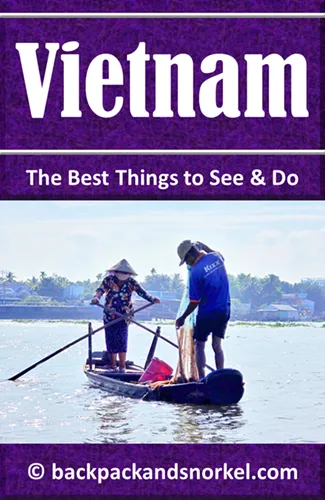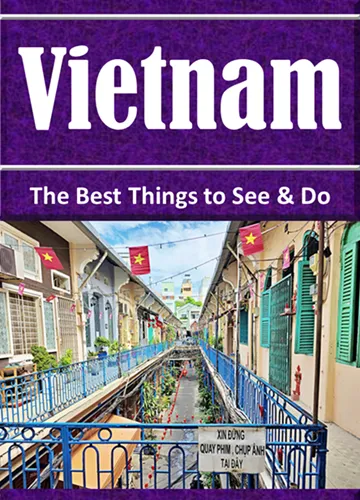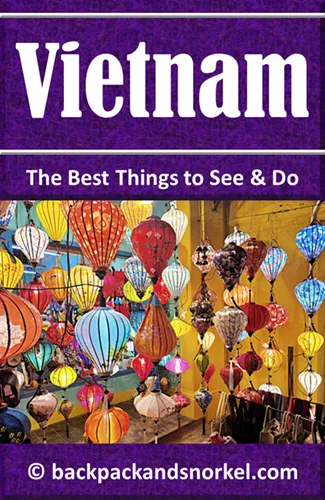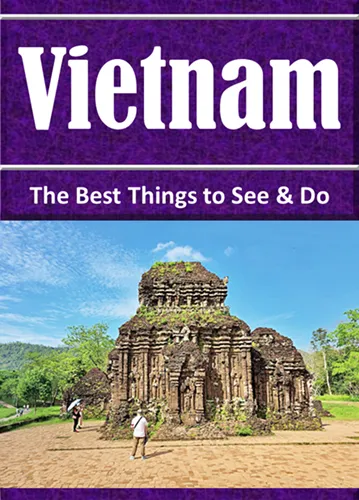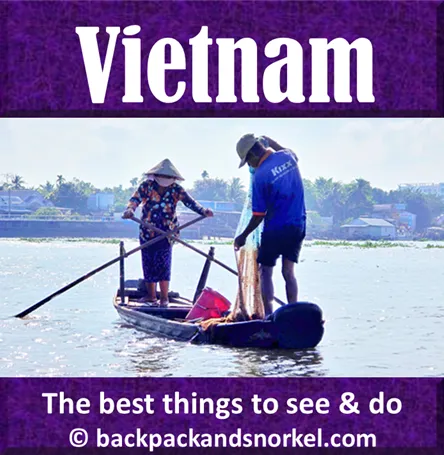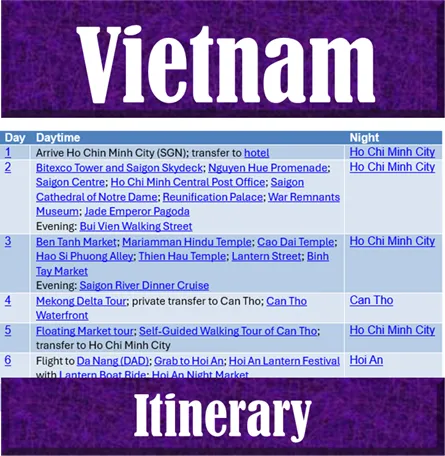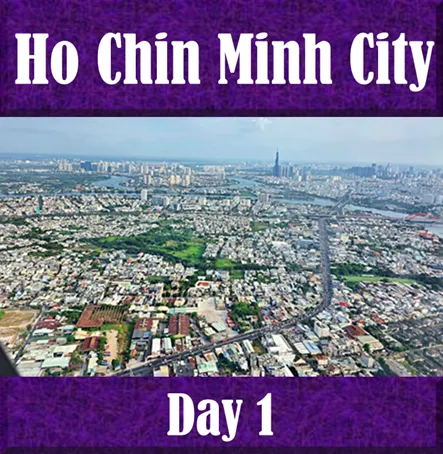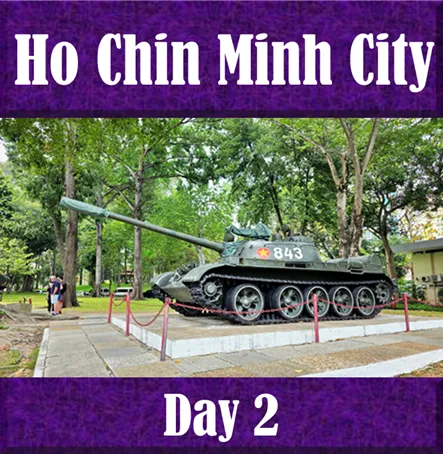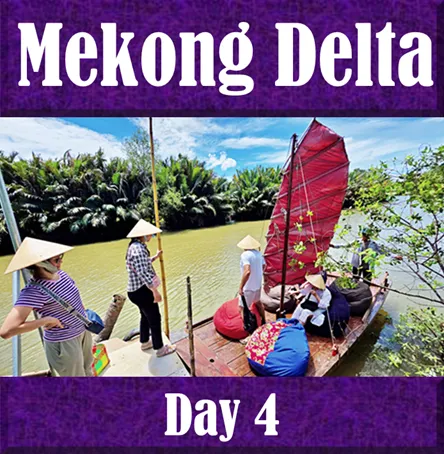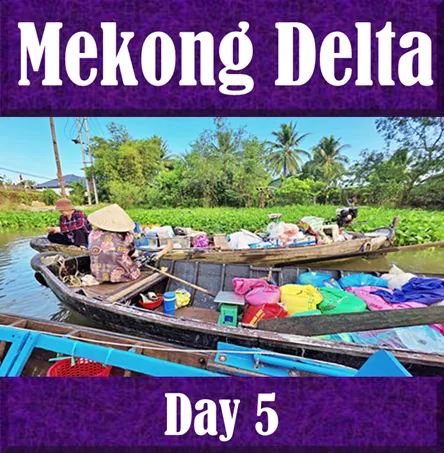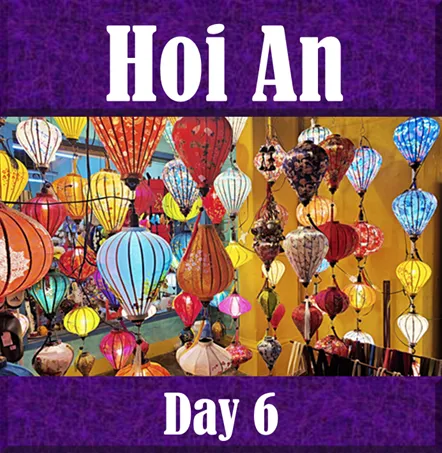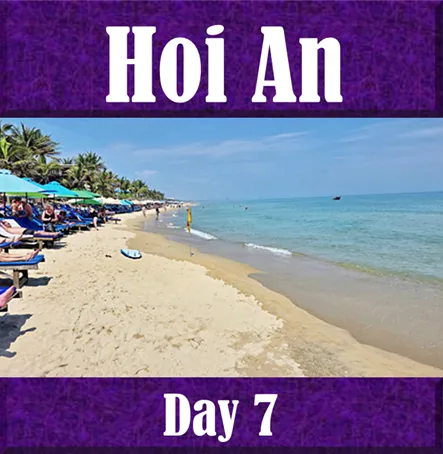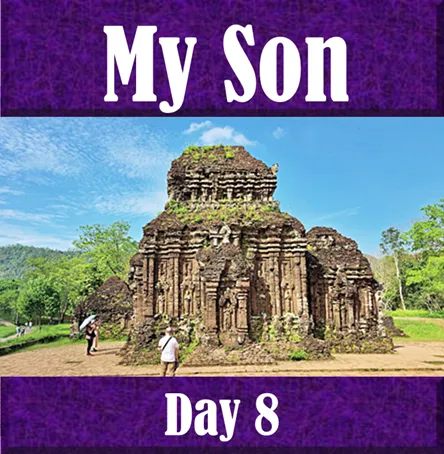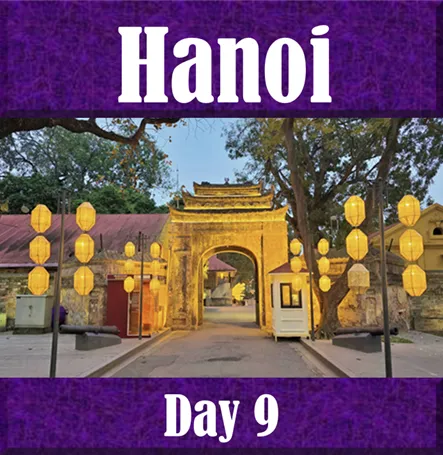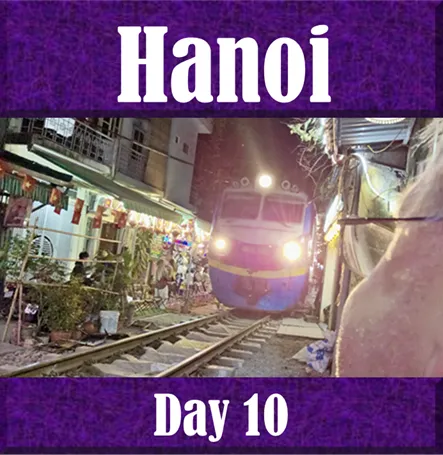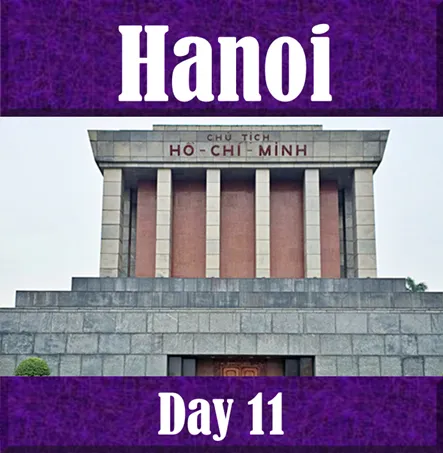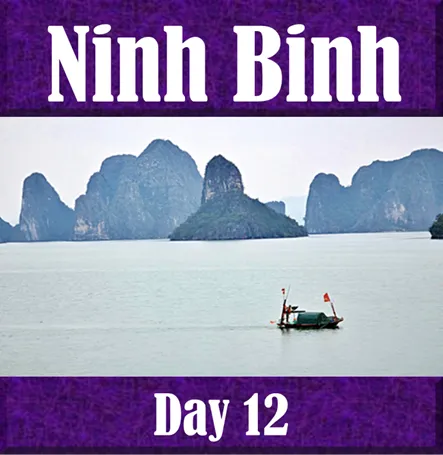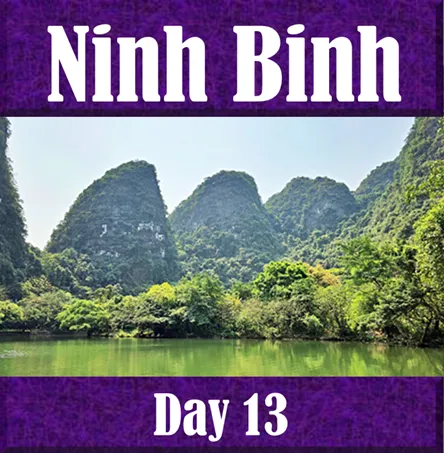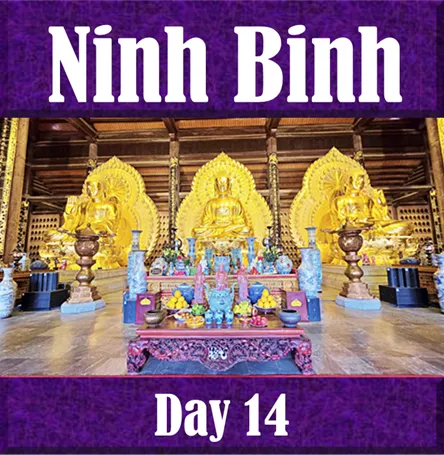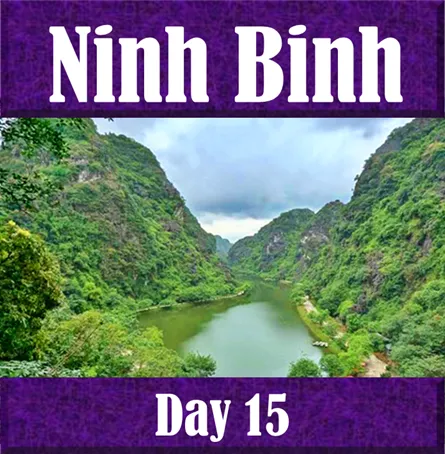Reunification Palace: Tour the Historic Site Where the Vietnam War Ended | Vietnam Purple Travel Guide
(map, reviews, website, palace_map)
This is Premium Content! To access it, please download our
Backpack and Snorkel Purple Travel GuidePro Tip: There are two ticket booths, each with their own entrance to the palace grounds in the buildings to the left and right of the large lawn in the center. If you want to rest, or just get a refreshment, the building on the right has a small café behind the ticket booth where you can get coffee and various other hot and cold drinks. You can access the café without a ticket. There is additional seating upstairs, with good views of the street and the people in front of the palace. We found it very relaxing to rest here for a while.
The Reunification Palace, also known as the Independence Palace, is one of the most historically significant and iconic landmarks in Ho Chi Minh City. This former presidential residence played a pivotal role in modern Vietnamese history. It is famously known as the site where the Vietnam War ended on April 30, 1975, when North Vietnamese tanks crashed through its gates — marking the fall of Saigon and the reunification of the country.
Today, the palace is preserved as a museum and memorial that offers visitors a fascinating look into Vietnam’s political past, complete with original furnishings, war relics, underground bunkers, and commanding 1960s architecture.
Reunification Palace: A Presidential Palace with a Complex History
The Reunification Palace stands on the site of the former Norodom Palace, built by the French colonial government in the 1860s to house the Governor-General of Cochinchina. After the French departure and the division of Vietnam, the palace became the residence of President Ngo Dinh Diem, the leader of South Vietnam.
In 1962, after an attempted coup and bombing damaged the original structure, Diem ordered it to be demolished and replaced with a more modern building. The current palace was designed by Vietnamese architect Ngô Viết Thụ, who won the prestigious Prix de Rome for architecture, and completed in 1966.
It served as the presidential headquarters for South Vietnam until 1975. The tank that crashed through the gates — Tank 843 — is now on display on the palace grounds and remains one of the most iconic images of the end of the Vietnam War.
Here are some photos:
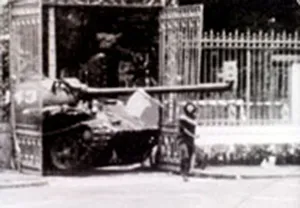
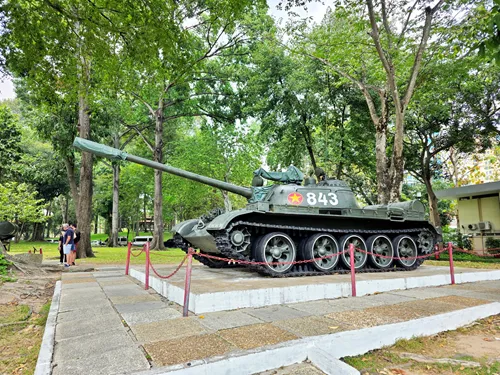
What to See Inside Reunification Palace
A visit to the Reunification Palace is like stepping into a time capsule of 1960s Vietnam. The palace has been preserved almost exactly as it was on the day it fell. Key highlights include:
Official Reception Rooms
These formal spaces were used to host foreign dignitaries, ambassadors, and state events. Featuring mid-century furniture, wood-paneled walls, chandeliers, and Vietnamese art, the reception halls reflect the Republic of Vietnam’s attempt to project prestige and diplomatic legitimacy. Look for the Cabinet Room, where state policy was shaped, and the Credentials Room, used for receiving new ambassadors.Presidential Office and War Room
President Nguyễn Văn Thiệu's office remains just as it was in the 1970s, complete with a large desk, national flags, and South Vietnam’s coat of arms. The adjacent war room features maps, old communication equipment, and strategy boards, giving insight into how military decisions were made during the final years of the Vietnam War. It is a sobering space filled with the atmosphere of high-stakes decision making.Underground Bunker
Beneath the palace is a fortified command bunker with concrete blast-proof walls and narrow corridors. Inside are rotary phones, typewriters, telex machines, and wall maps from the wartime era. This secure facility was designed to allow South Vietnam’s leaders to continue operations in case of attack. The conditions are stark and utilitarian, offering a gritty contrast to the elegance above.Helipad
The rooftop features a helipad, once part of the president’s evacuation plan. On display is a UH-1 Huey helicopter, symbolizing the U.S. military’s deep involvement in the conflict. The rooftop also provides sweeping views of District 1 and is the spot from which President Thiệu fled in 1975.Screening Room and Private Quarters
The palace includes a cinema room used by the presidential family and VIP guests, complete with retro red seats and a projection booth. The nearby residential quarters are surprisingly homey, with period-specific furnishings including bedrooms, a private dining room, and leisure spaces such as a game room with a circular sofa and roulette table. These areas show the human side of those who governed here.Historic Tank and Helicopter Displays
Outside, on the lush front lawn, you will see Tank 843, a North Vietnamese Army tank that famously crashed through the palace gates on April 30, 1975. A second tank and a U.S. Huey helicopter are also on display. These are among the most photographed artifacts in Ho Chi Minh City and offer dramatic reminders of the moment South Vietnam fell and Vietnam was reunified.
Here are some photos that we took:
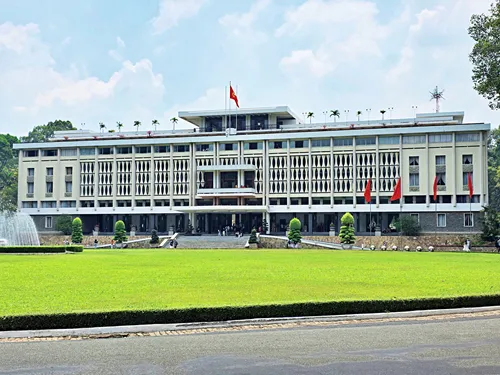
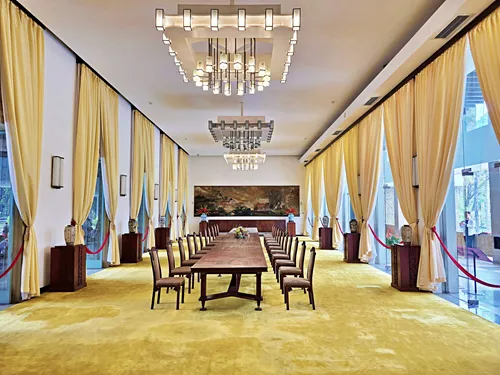
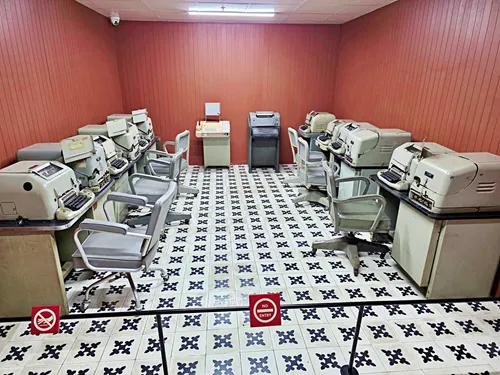
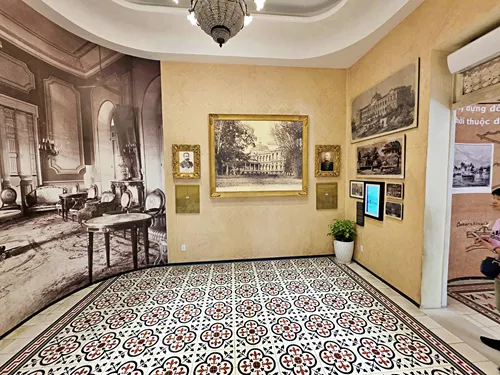
Architecture and Symbolism
The building’s Modernist architectural style, with clean lines and functional design, represents the political ambition of a young republic trying to project authority and progress. The palace is surrounded by sprawling lawns, gardens, and lotus-filled ponds, symbolizing peace and Vietnamese identity.
Architect Ngô Viết Thụ included elements of Feng Shui in the design, and the use of local materials reflects a mix of traditional sensibilities and Western modernism. Despite its militaristic purpose, the palace exudes a sense of calm, dignity, and order.
Visitor Information (at the time of writing)
Opening Hours: Daily from 8:00am – 3:30pm
Admission Fee: 40,000 VND for adults; 65,000 VND including the exhibition; audio guides and tours available in multiple languages
We paid 40,000 VND and accidentally walked into the exhibition, not knowing that we had to pay extra for that. There was nobody who checked tickets. I personally think the exhibition is worth the extra money, but be advised: it is small.
Guided tours are recommended, as they provide rich historical context and access to lesser-known details. But you can easily explore the site by yourself.
We really liked the Independence Palace – it is not as depressing as other Vietnam War sites, especially those in Hanoi.
Here at Backpack and Snorkel Travel Guides, we promote self-guided walking tours.
But we realize that not everybody likes to walk by themselves in a foreign city. So, just in case that you rather go with ab guide: NO PROBLEM! Please see the GuruWalk and Viator tours below.
free GuruWalk tours
paid Viator tours
Where do you want to go now?
Author: Rudy at Backpack and Snorkel
Bio: Owner of Backpack and Snorkel Travel Guides. We create in-depth guides to help you plan unforgettable vacations around the world.
Other popular Purple Travel Guides you may be interested in:
Like this Backpack and Snorkel Purple Travel Guide? Pin these for later:
